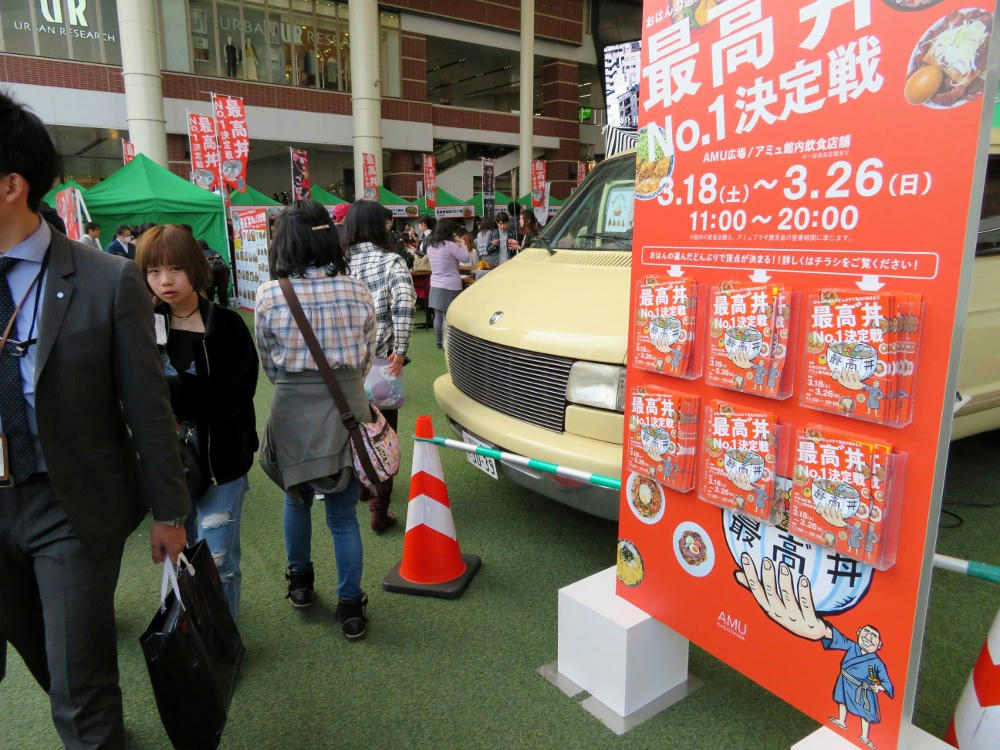(All rights belong to their owners. Images used here for review purposes only.)
Plinus, vol. 4, by Mari Yamazaki and Tori Miki (Shinchou, 2015-2016) Grade: A
Mari Yamazaki debuted in 2001 with
Yuumeijin, and she's best-known for her historical comedy romance
Thermae Romae. She also drew a biographical manga on Steve Jobs in 2013. Tori Miki is a gag, and serious SF, artist who started
Bara no Shin-sama in 1981, although he was drawing manga for
Garo magazine in the 1970's, and he's best known for
Anywhere But Here, and was the writer for the third
Patlabor movie. I wrote about his
Frozen Food Agent manga some years ago. After
Thermae Romae ended, Mari (whose husband is Italian) teamed up with Tori to produce
Plinius, a historical fiction manga based on the famed Roman historian and naturalist, Gaius Plinius Secundus, AKA: Pliny the Elder, with Mari doing the writing, and she and Tori doing the art.

(Pompei gets hit by an earthquake.)
Plinius lived from AD 23 to AD 79, and during that time had tried to research the past eruptions of Mount Vesuvius, with the expectation that it would erupt again (which it did in AD 79, catching Plinius in a pyroclastic flow). Although, in the manga, most of Plinius' claims that the volcano was dangerous are brushed off as nonsense because the mountain was dormant and covered in vegetation then. Plinius was also in written contact with Seneca the Younger (4 BC - AD 65), the philosopher and statesman who acted as Emperor Nero's (37 AD - 68 AD) tutor.

(Felix goes salvaging to get surgical tools for a doctor to let him do his job.)
I was given volume 4, and I haven't read the other books, but the story is pretty easy to follow, and it's more or less historically accurate. In this book, Plinius, his cat Giaus, a young female companion, the young Greek companion Euracles, and the older servant Felix, survive the collapse of half the buildings in Pompeii, and they stick around long enough to help recover some surgical tools for a doctor planning to rescue the survivors. The group goes to the inn they're staying at in the countryside, and its walls are still standing, although some of the plaster was knocked off to reveal an odd style of brick underneath. The group escapes farther afield as the rioting, and greed of the surviving merchants threatens the safety of the inn.

(Plinius searches a library for mentions of Vesuvius in history.)
Meanwhile, in Rome, Nero's adviser, Burrus, dies of poison, apparently applied secretly by some enemies acting through Burrus' doctor. Shortly after, Nero's first wife, Octavia, is beheaded by Roman soldiers and her head is sent to Rome, where Nero refuses to look at it, but its identity is confirmed by Poppaea, Nero's mistress. (Nero and Poppaea had banished Octavia to the island of Pandateria, and Nero signed her death warrant in 62; Burrus is suspected of having been poisoned, also in 62). Poppaea cements her relationship with Nero, but starts fooling around with Ofonius Tigellinus (Ofonius had been acquainted with Nero's mother, Agrippina, and he became prefect of the Roman imperial bodyguard 12 days after the death of Burrus.)

(Plinius has put on weight. "Come on, stupid mountain. Erupt already.")
Plinius goes to a library, where he locates older scrolls proving that Vesuvius had erupted several times in the past, and he keeps hoping the volcano will blow again just to prove him right. Additionally, Felix witnesses a confrontation in another town between two Jews. One is trying to gain converts to the newly introduced "savior," Jesus Christ, while the other threatens to kill the first guy if he ever returns to this town. Later, someone that looks like the second guy, but with a change of clothes, and named Levi, visits Poppaea and gives her a small stack of jewelry to buy Rome's favor towards the Jews. The maids discover under her bed a small clay statue of a bound female figure with needles stuck into it. Levi takes Poppaea to a witch, who says that someone is trying to curse her unborn child. The witch can't undo the curse, but he can make it so Poppaea can follow the curse back to whoever cast it. After Poppaea and Levi leave, some thugs enter the witch's house and kill him in his sleep. The book ends with Plinius meeting with a hairy barbarian named Lartius. Lartius is said to have spent 10 years traveling around the countries to the east of the Empire.

(Back cover.)
Summary: I'm not sure I'll ever get the other books in the series (#5 just came out recently), but reading vol. 4 is still pretty interesting. Mari is a stickler for historic detail and accuracy, and she's also a very good artist. I don't know how much Tori Miki contributed to the artwork this time because I can't detect his art style anywhere. Either way, the line work is very fine, very solid and very clean. It is fun to see the scientific research that Plinius executes, and I am learning more about Nero than I'd had before. Overall, recommended to anyone that likes historical fiction, but be aware that this series would be R-rated in the U.S. for some minor scenes with Poppaea in bed with Nero.





















































